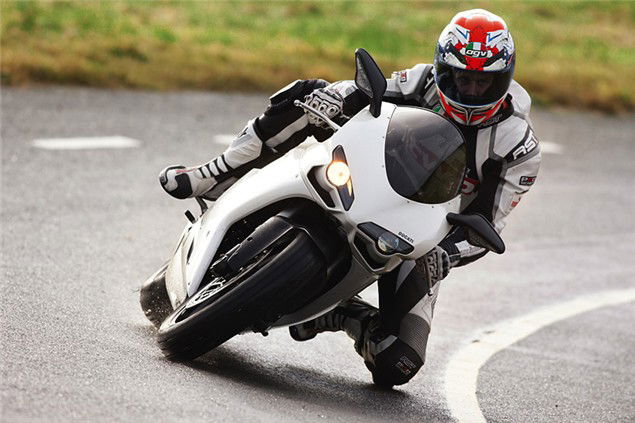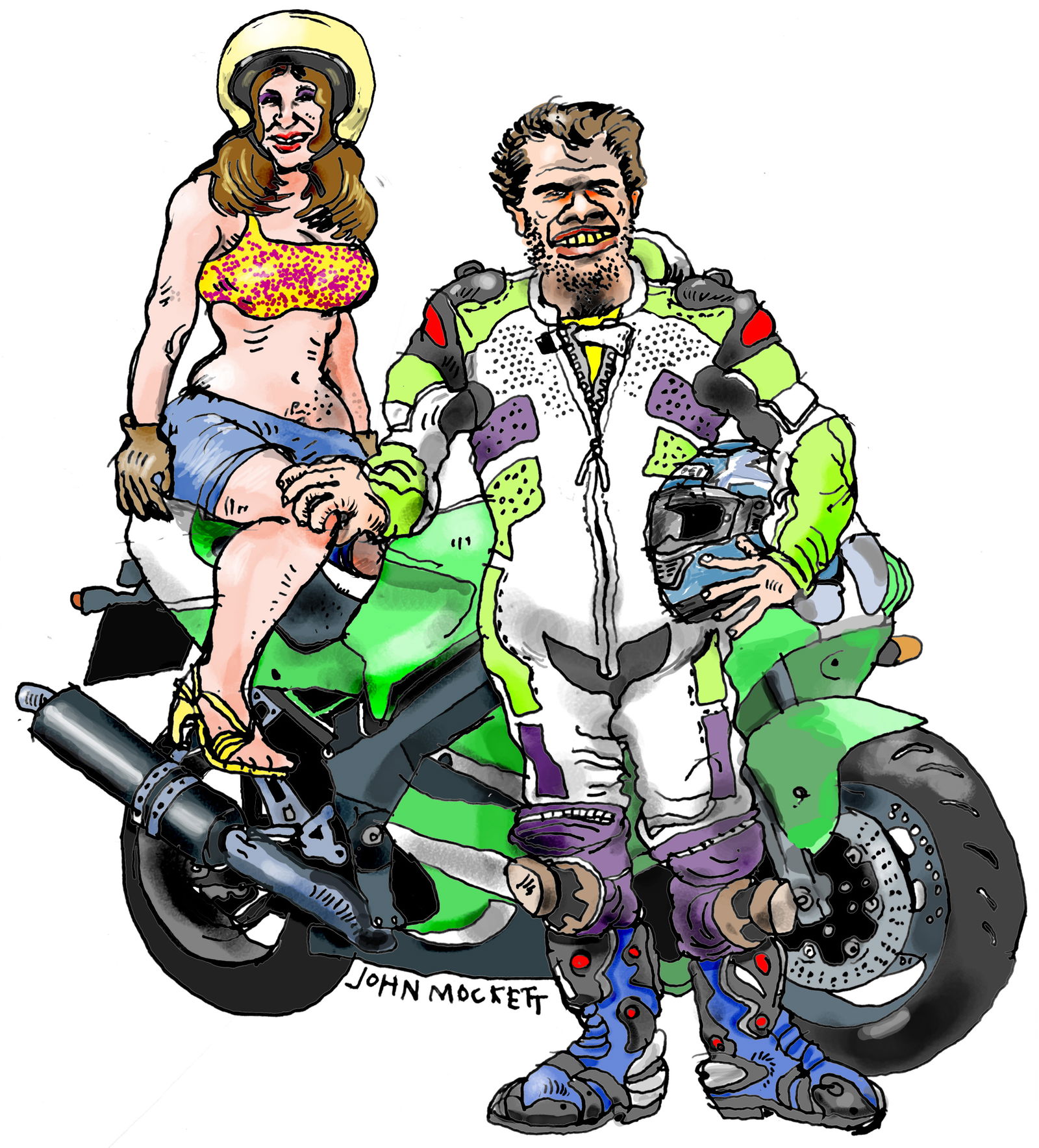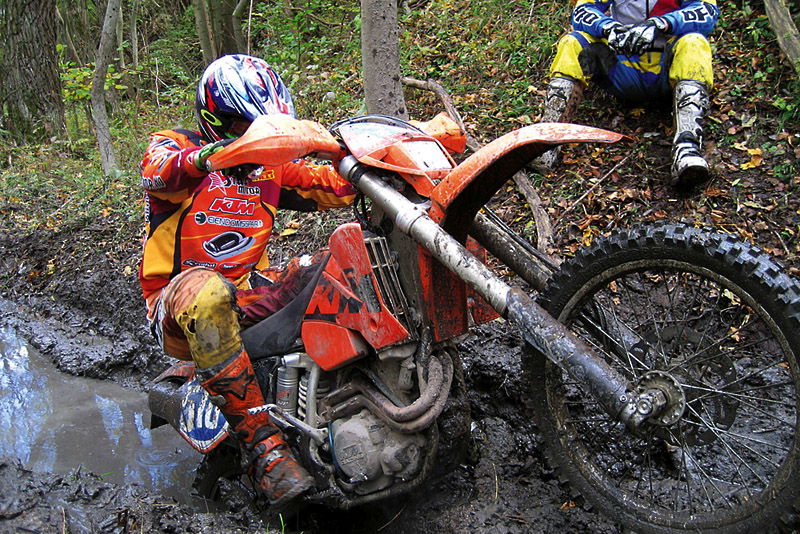Whitham's five best winter tyres
Which is the best tyre for fast road-riding through winter? You need a combination of feel, grip and longevity. We grabbed James Whitham, a Ducati 848, a datalogger and a huge pile of tyres to find out...
James Whitham



